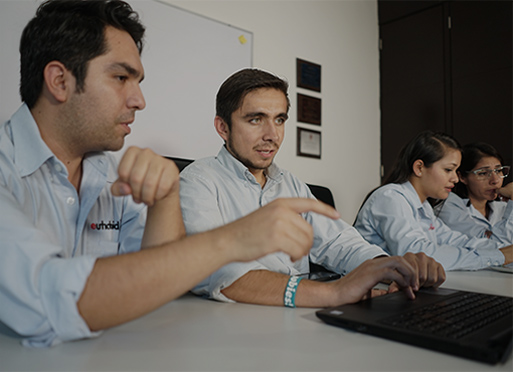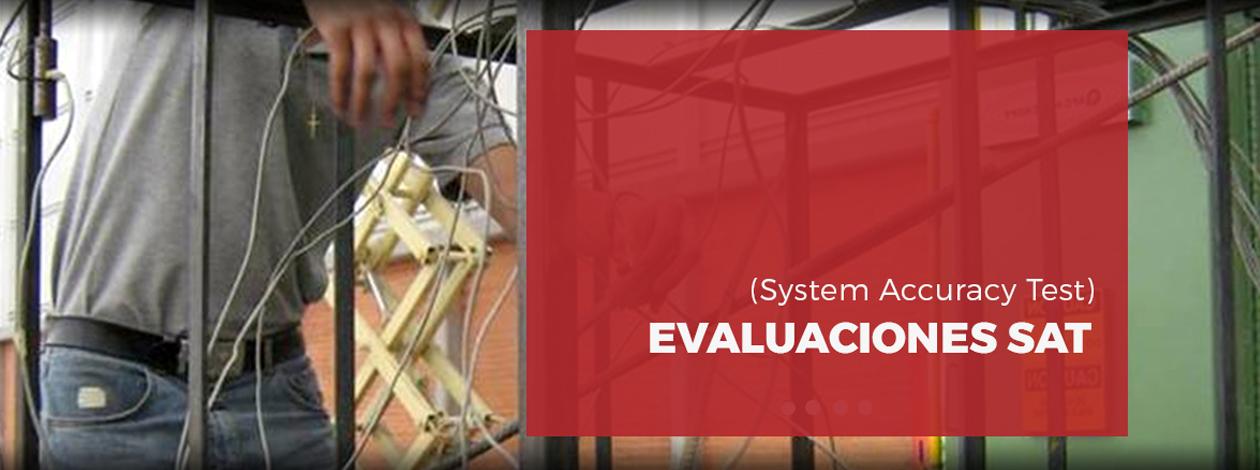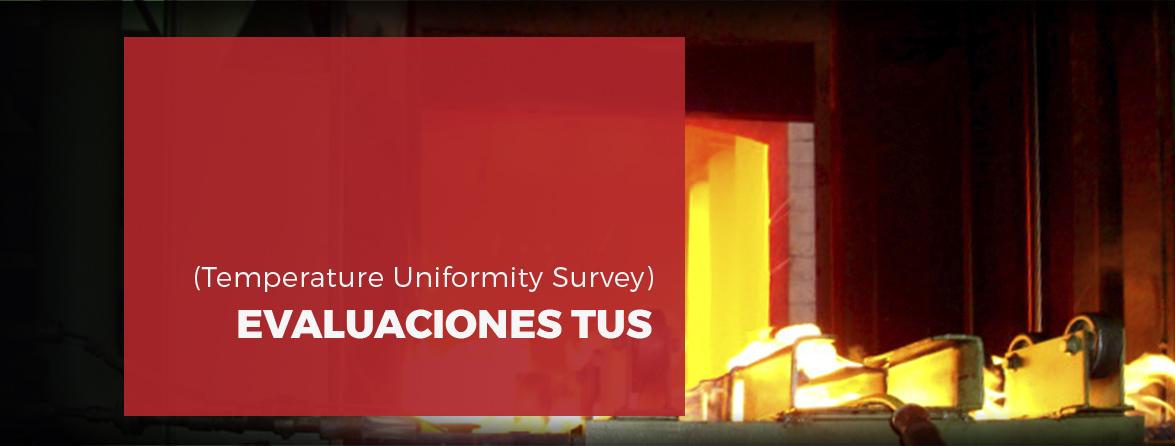Continuous Quality Improvement
(CQI-9)
Better equipment and greater preparation for an innovative future.
The CQI-9 ( Continuous Quality Improvement ) This is a quality standard for continuous improvement in the Heat Treatment processes in the automotive industry. It is not a norm and there is no certification as such, but compliance must be demonstrated through an evaluation.

Eutcalibraciones has courses and advice to meet the requirements of CQI-9 that allows the participant to:
- 1Know the fundamentals of the CQI-9 Technical specification.
- 2Understand the requirements applicable to the different Thermal Treatment processes contemplated in the CQI9 specification.
- 3Interact with other people and information resources to achieve synergy to solve current problems.
- 4Strengthen the understanding of the interaction of variables and the norm of having better control.
- 5Strengthen knowledge about the technical specification and their requirements.
COURSE CONTENT:
General concepts
Cover Sheet, Cover
Section 1 Responsibilities of Administration and Quality Planning.
Section 2 Floor Responsibilities and Material Handling.
Section 3 Heat Treatment: Generalities of the main thermal
treatment processes of the specification.
Section 4 Field Audit
Process Tables A, B , C, D, F, G, H.
Preparation of the documents.
Planning of the Audit.
Audit Simulation.
View Points Review
Review of current process problems
home.cqi.cursos


THERMAL TREATMENTSMETALLURGY FOR NON-METALLURGICAL
We have the training and advice on heat treatment and metallurgy for non-metallurgical providing the participant required to perform knowingly efficiency and technical manner in the company while achieving uniformity in the metallurgical language materials between personnel involved.
This course or provides an update that allows the participant to:
- 1. Know the fundamentals of metals with emphasis on the alloys used in the manufacture of automotive parts.
- 2. Understand the transformations that the material undergoes during its deformation and heat treatments.
- 3. Interact with other people and information resources to achieve synergy to solve current problems.
- 4. Strengthen the understanding of the interaction of variables and the norm of having better control.
- 5. Strengthen knowledge about instrumentation for measurement and control of variables.
COURSE CONTENT:
PROPERTIES OF THE MATERIALS
Basic Definitions.
Types of materials.
Physical Properties.
Chemical properties.
PHYSICAL METALLURGY OF THE STEELS
Alloy Systems
Steels Classification.
Properties of the Alloy elements.
Crystallography.
Pure iron
Iron-carbon diagram
Alotropia del Hierro
Balance Phases
Nonbalance Phases.
THERMAL TREATMENTS
Grain size control
Critical Temperatures
Templability
I austenitized .
Annealing.
Normalized
Induction
Quenching.
CHARACTERIZATION OF MATERIALS
Cut.
Roughing.
Polished.
Attack Chemical .
Microscopy.
Microstructure associated with different speed cooling.
Microstructure associated with cold working
Hardness
Microhardness.

